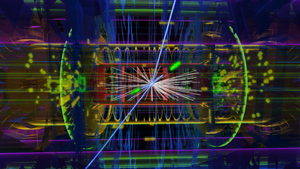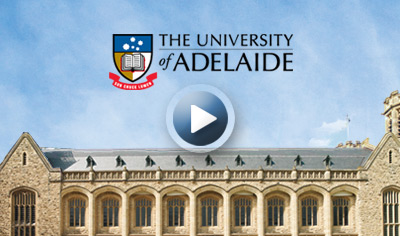How the Higgs Boson was discovered and what it means for our understanding of the cosmos
It’s not often you can say you’ve helped expand humanity’s knowledge of the origins of the universe.
But that’s exactly what happened for a University of Adelaide research team recently, after playing a role in the discovery of the long-theorised Higgs Boson subatomic particle at the CERN Large Hadron Collider near Geneva, Switzerland.
The Higgs Boson is thought to have appeared a fraction of a second after the Big Bang and mediated the Higgs field. It was interaction with this field that gave all elementary particles their mass, which in turn allowed them to form the structures of the universe.
So how did the researchers do it? What answers does the Higgs Boson provide? What new questions does it raise? In this mind-opening presentation, team leader for the Adelaide group Dr Paul Jackson provides some fascinating answers.
 Dr Paul Jackson lectures in high-energy particle physics in the University of Adelaide’s School of Chemistry and Physics. He is a member of the ARC Centre of Excellence in Particle Physics at the Terascale, and has formerly held a research position at CERN, the European Laboratory for Particle Physics.
Dr Paul Jackson lectures in high-energy particle physics in the University of Adelaide’s School of Chemistry and Physics. He is a member of the ARC Centre of Excellence in Particle Physics at the Terascale, and has formerly held a research position at CERN, the European Laboratory for Particle Physics.
When: Tuesday 18 September, 5:30pm – 6:30pm
Where: North Terrace Campus, Napier Building, Lecture Theatre 102




